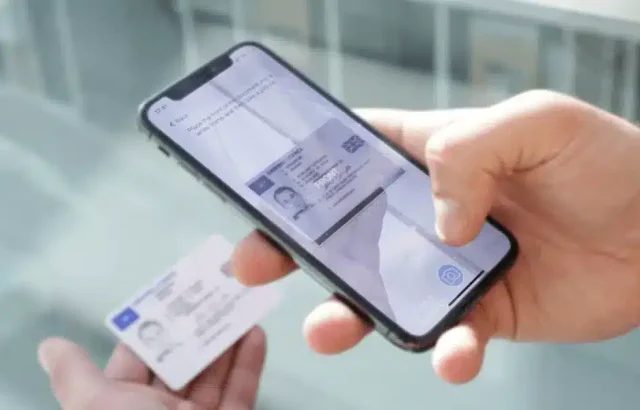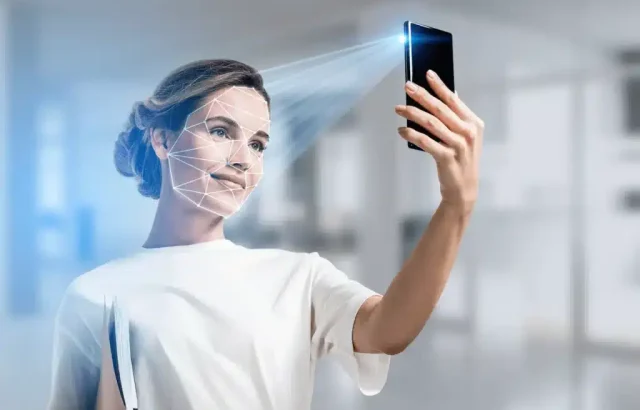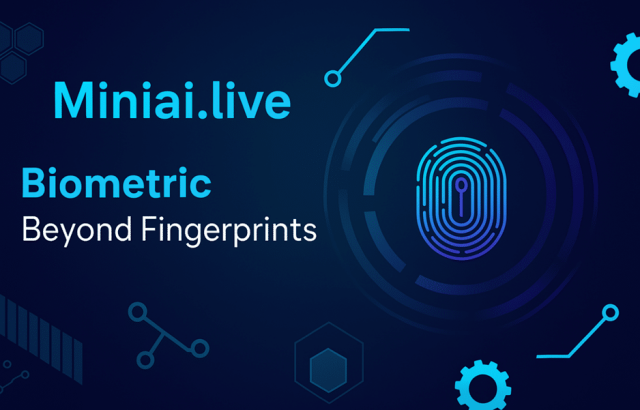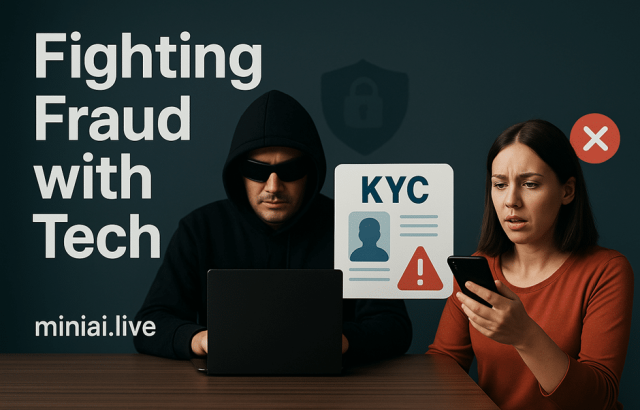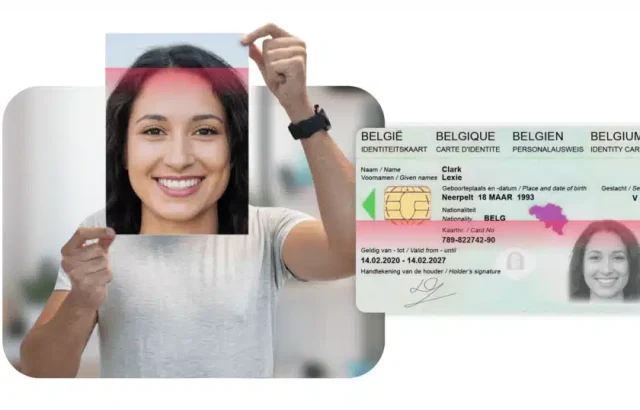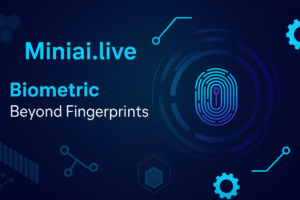Face recognition technology has made remarkable strides in recent years. Software development kits (SDKs) have made it easier than ever for developers to integrate this powerful tool into various applications. Face recognition is a biometric technology that uses mathematical algorithms to analyze the unique characteristics of an individual’s face. It maps facial features, measures distances between points like the eyes or the tip of the nose, and creates a representation called a “faceprint.” This faceprint is compared to a database of known faces for identification or authentication. Face recognition SDK streamline the process by providing pre-built libraries, functions, and tools. Developers utilize these SDKs to create a wide array of applications that transform how we interact with the world.
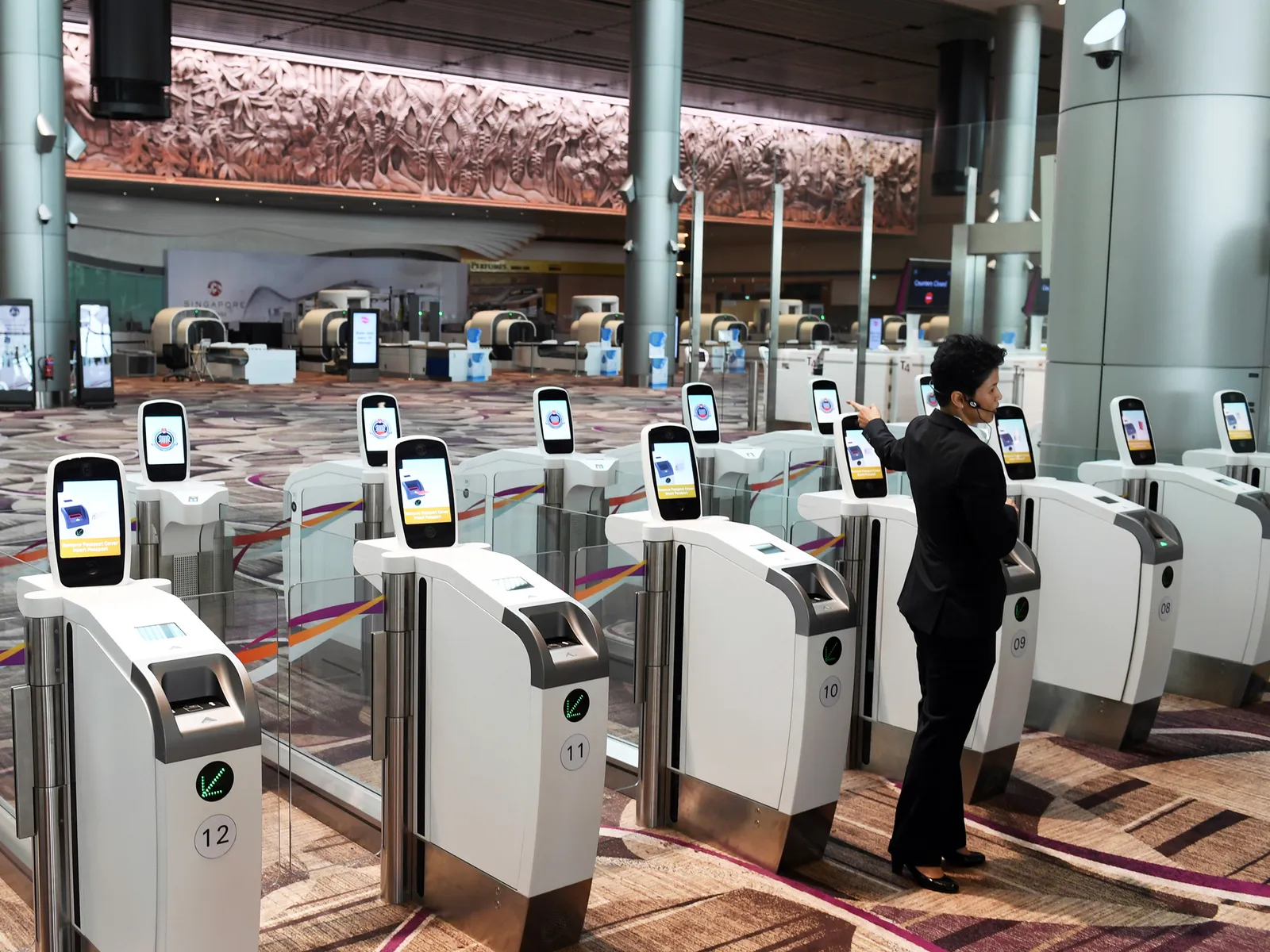
Technical Underpinnings of Face Recognition
Facial recognition technology leverages sophisticated algorithms and techniques to identify or verify individuals based on their unique facial features. This process involves multiple stages, from image capture to the generation of a mathematical representation of the face.
| Technical Component | Description |
|---|---|
| Image/Video Capture | Cameras capture still images or video of individuals. Image quality affects accuracy. |
| Face Detection | Algorithms detect and isolate human faces within the image or video frame. |
| Facial Landmark Detection | Key facial features (eyes, nose, mouth, etc.) are precisely located. |
| Feature Extraction | Distinctive measurements (e.g., distance between eyes) are used to create a faceprint. |
| Faceprint Representation | The extracted features are converted into a unique mathematical code. |
| Face Matching | The generated faceprint is compared to a database of stored faceprints. |
| Confidence Score | A probability score indicates the likelihood of a match, reducing false positives. |
| Machine Learning/AI | Advanced algorithms, often powered by machine learning, continuously improve accuracy. |
Face Recognition SDK Considerations
Face recognition software development kits (SDKs) empower developers to integrate this powerful technology into their applications. These kits provide pre-built libraries, functions, and tools, streamlining the process of incorporating facial recognition features.
| Aspect | Description |
|---|---|
| Programming Language | Ensure compatibility with your development environment (Python, Java, C++, etc.) |
| Accuracy | Evaluate the SDK's accuracy based on benchmarks and your application's requirements. |
| Performance | Assess processing speed (images/video frames per second) and resource requirements to ensure suitability. |
| Scalability | Determine if the SDK can handle your expected image/video volume and database size, especially for growth. |
| Privacy & Security | Verify the SDK's data security and privacy compliance (GDPR, CCPA, etc.) to protect sensitive information. |
| Bias Mitigation | Look for SDKs that address potential biases in facial recognition algorithms, aiming for fairness. |
| Cost | Compare pricing models (subscriptions, per-use fees) offered by different SDK vendors. |
| Support & Documentation | Evaluate the quality of technical support and documentation available from the SDK provider. |
| Customization | Understand the level of customization (algorithms, thresholds, etc.) to tailor the system to your needs. |
| Ethics & Transparency | Ensure the SDK aligns with your values, consider mechanisms for auditing and explaining algorithm decisions. |
Various Innovative Uses of Face Recognition SDK
Enhanced Security & Access Control
Facial recognition can replace or augment passwords and keycards for secure entry to buildings, restricted areas, or devices.
| Use Case | Description |
|---|---|
| Building Access | Replaces keycards and PINs with facial recognition for secure entry into buildings or sensitive areas. |
| Device Authentication | Unlocks smartphones, laptops, and other devices using facial recognition instead of passwords. |
| Sensitive Data Protection | Adds an extra layer of security to access sensitive data or accounts, requiring facial authentication. |
| Workplace Time Tracking | Replaces manual or badge-based attendance systems with facial recognition for employee check-in/out. |
| Transaction Authorization | Verifies identity for high-value transactions or access to restricted systems using facial recognition. |
| Two-Factor Authentication | Enhances security for logins and critical actions by combining facial recognition with other authentication factors (password, token). |
Law Enforcement & Surveillance
SDKs aid law enforcement agencies in identifying suspects from surveillance footage, potentially enhancing public safety.
| Use Case | Description |
|---|---|
| Suspect Identification | Aids in identifying suspects by comparing faces captured on surveillance footage against databases of known individuals. |
| Crowd Management | Monitors large crowds at events, identifying potential security risks or individuals of interest. |
| Missing Persons Search | Assists in locating missing persons by comparing faces against databases or images provided by relatives. |
| Anti-Terrorism | Helps identify individuals on watchlists or track suspicious activity in sensitive areas. |
| Border Control | Streamlines the passport verification process by matching travelers' faces to passport photos. |
| Crime Scene Analysis | Examines video footage from crime scenes to identify potential suspects or witnesses. |
Fraud Prevention
In finance and e-commerce, facial recognition helps combat identity theft by verifying customers during transactions.
| Use Case | Description |
|---|---|
| Account Creation Verification | Confirms user identity during account opening (e.g., banking, e-commerce) using facial recognition and liveness detection. |
| Transaction Authentication | Authorizes financial transactions or online purchases by requiring a facial scan. |
| Identity Theft Prevention | Detects fraudulent use of personal information by comparing the user's face with stored records. |
| Synthetic Identity Detection | Helps uncover fake identities created with manipulated or generated images. |
| KYC (Know Your Customer) | Streamlines the Know Your Customer process in finance, using facial recognition for identity verification. |
| Insurance Claim Fraud | Deters fraudulent insurance claims by verifying the identity of claimants and potentially detecting anomalies. |
Personalized Customer Experiences
Stores and businesses use SDKs for tailored advertisements, VIP recognition, and streamlining services based on customer demographics.
| Use Case | Description |
|---|---|
| Tailored Advertising | Displays relevant advertisements based on the demographics (age, gender, etc.) determined through facial analysis. |
| VIP Recognition | Offers exclusive services and personalized treatment to high-value customers upon identification. |
| Customer Analytics | Tracks customer behavior, foot traffic patterns, and dwell times using facial recognition integrated with cameras. |
| Interactive Displays | Creates engaging experiences in retail or entertainment venues that respond to a user's presence and demographics. |
| Queue Management | Optimizes queue flow and waiting times by analyzing customer demographics and behavior via facial recognition. |
| Emotion Detection | Gauges customer sentiment (happy, frustrated) through facial expression analysis, providing feedback on product or service experiences. |
Smart Cities & Infrastructure
Facial recognition optimizes traffic flow, aids in public transportation ticketing, and can enhance security in public spaces.
| Use Case | Description |
|---|---|
| Traffic Management | Optimizes traffic flow by analyzing traffic patterns and identifying bottlenecks based on facial detection and vehicle counting. |
| Public Transportation | Streamlines ticketing and passenger tracking using facial recognition, potentially reducing fare evasion. |
| Public Safety | Enhances security in public spaces by detecting potential threats and aiding in the identification of individuals of interest. |
| Waste Management | Monitors fill levels of waste bins or recycling containers using image analysis and object detection (may involve facial recognition to identify users for specific applications). |
| Smart Lighting | Adjusts lighting in public areas based on occupancy, detected via facial recognition, to optimize energy usage. |
| Disaster Response | Assists in locating people in need of assistance during emergencies by comparing faces against databases or provided images. |
Healthcare
SDKs enable secure patient identification, remote vital signs monitoring, and can potentially assist in the diagnosis of certain conditions.
| Use Case | Description |
|---|---|
| Patient Identification | Prevents medical errors and ensures accurate matching of patients to their medical records. |
| Remote Monitoring | Tracks patients' vital signs (e.g., through subtle color changes on the face) and medication adherence remotely. |
| Diagnosis Assistance | Aids in the diagnosis of certain conditions that have visible facial manifestations. |
| Pain Assessment | Objectively quantifies pain levels through facial expression analysis, especially useful for nonverbal patients. |
| Mental Health Support | Assists therapists by analyzing facial expressions and detecting subtle cues related to emotional states. |
| Access for Disabled | Enables hands-free control of medical devices or communication tools for individuals with disabilities. |
Conclusion
Facial recognition technology, fueled by powerful SDKs, brings both impressive capabilities and ethical considerations. In ideal conditions, verification algorithms can achieve near-perfect accuracy – as high as 99.97% on assessments like NIST’s FRVT. This potential drives a rapidly expanding market projected to reach US$10.34bn by 2030. Its impressive accuracy and growing market demonstrate a shift towards wider adoption.


